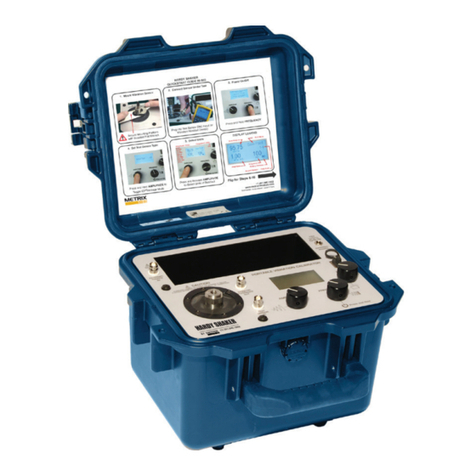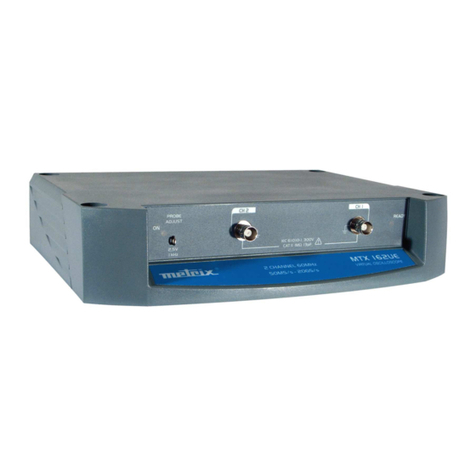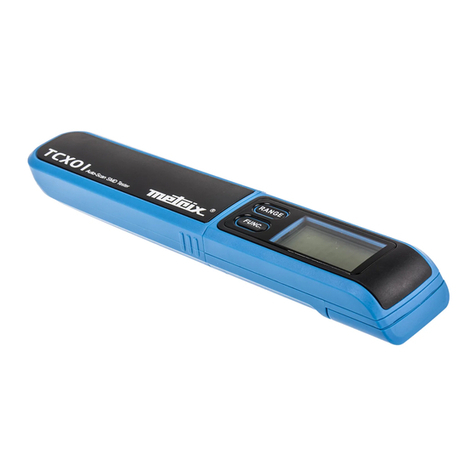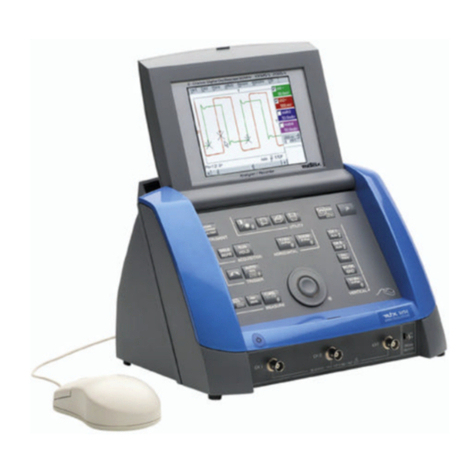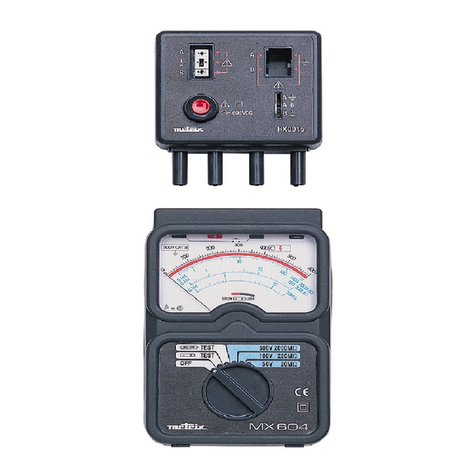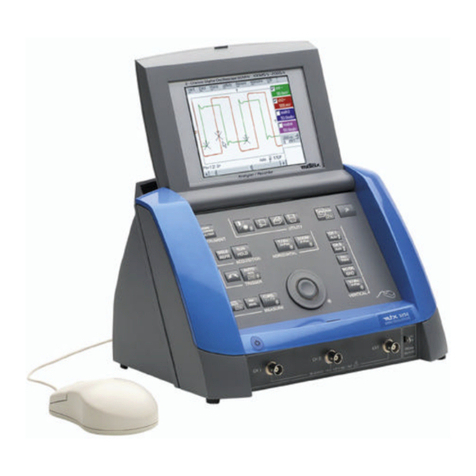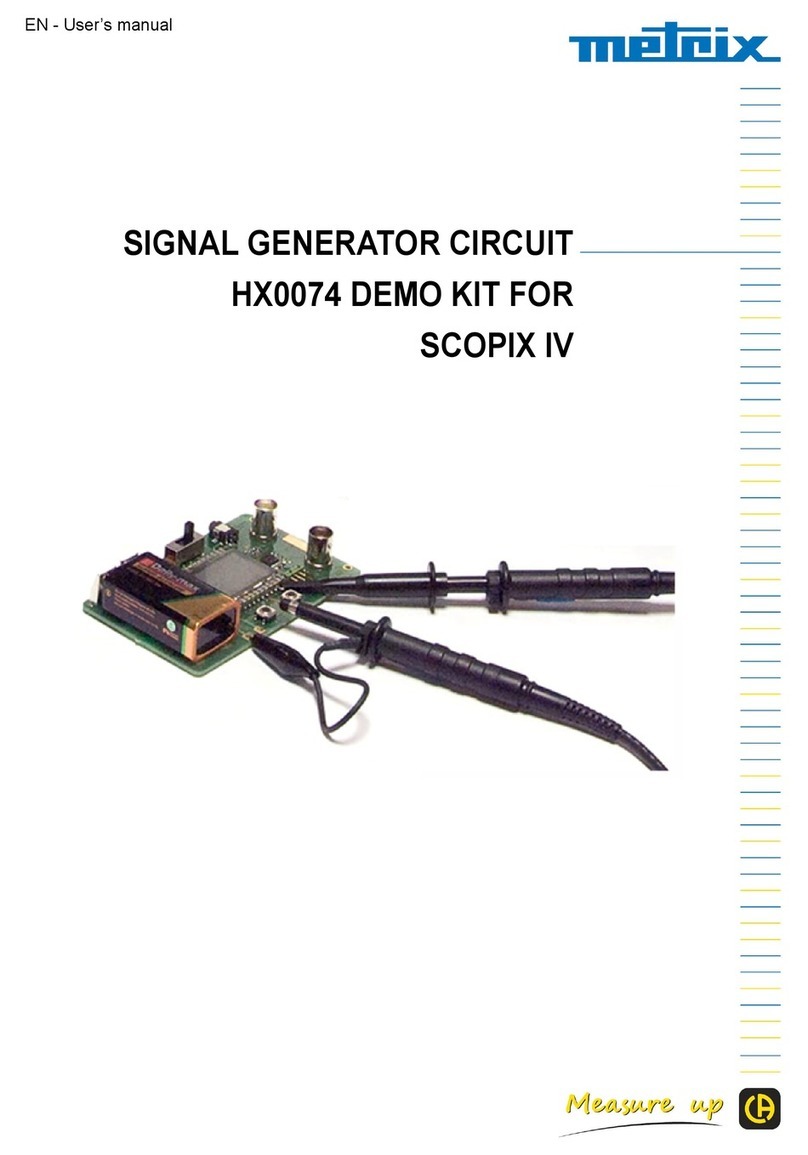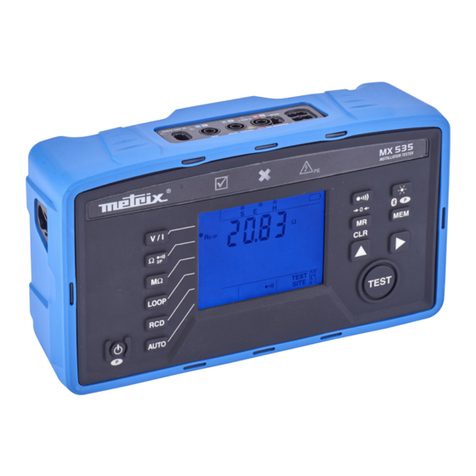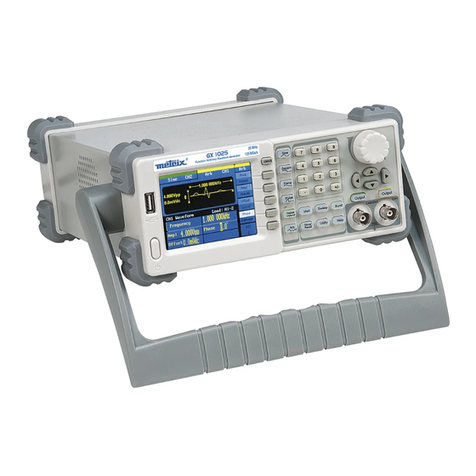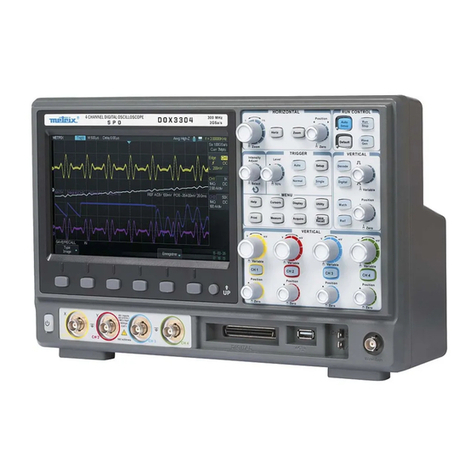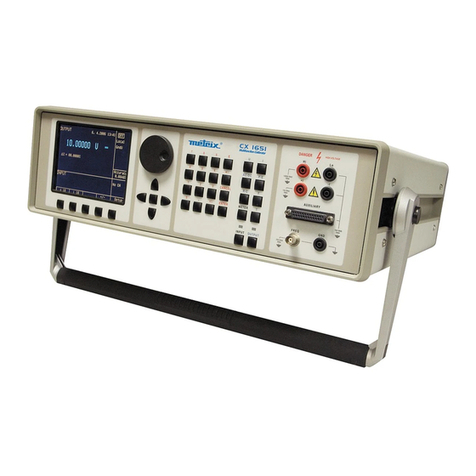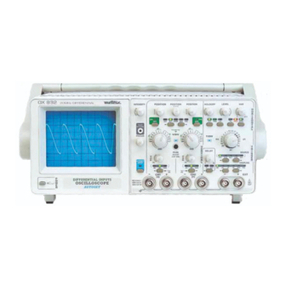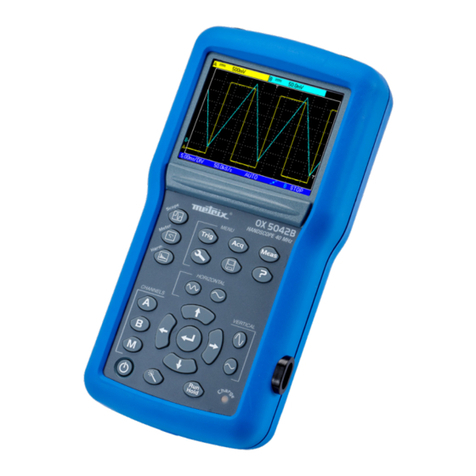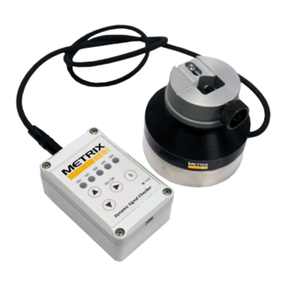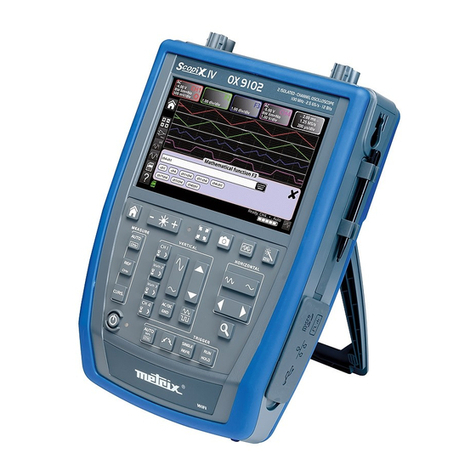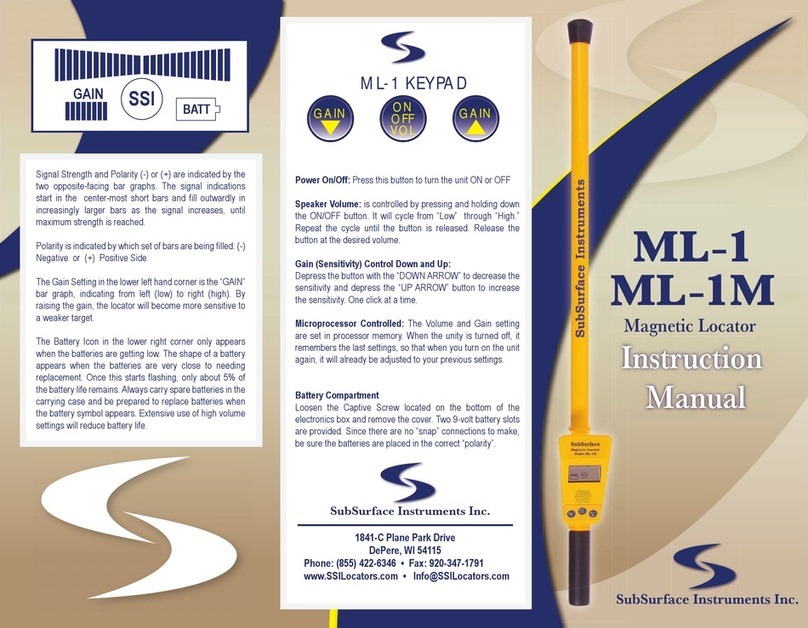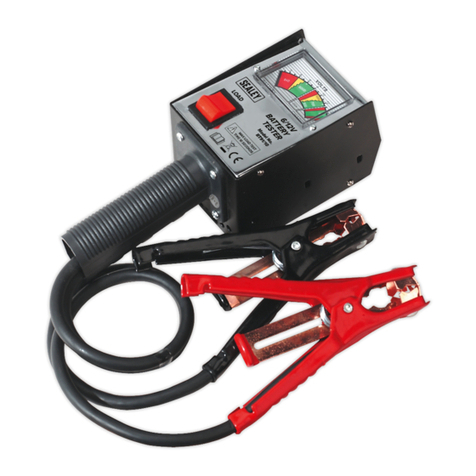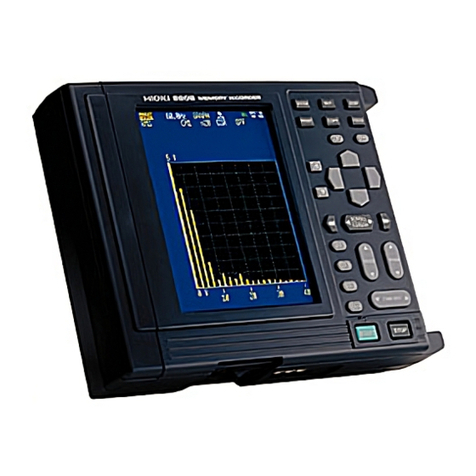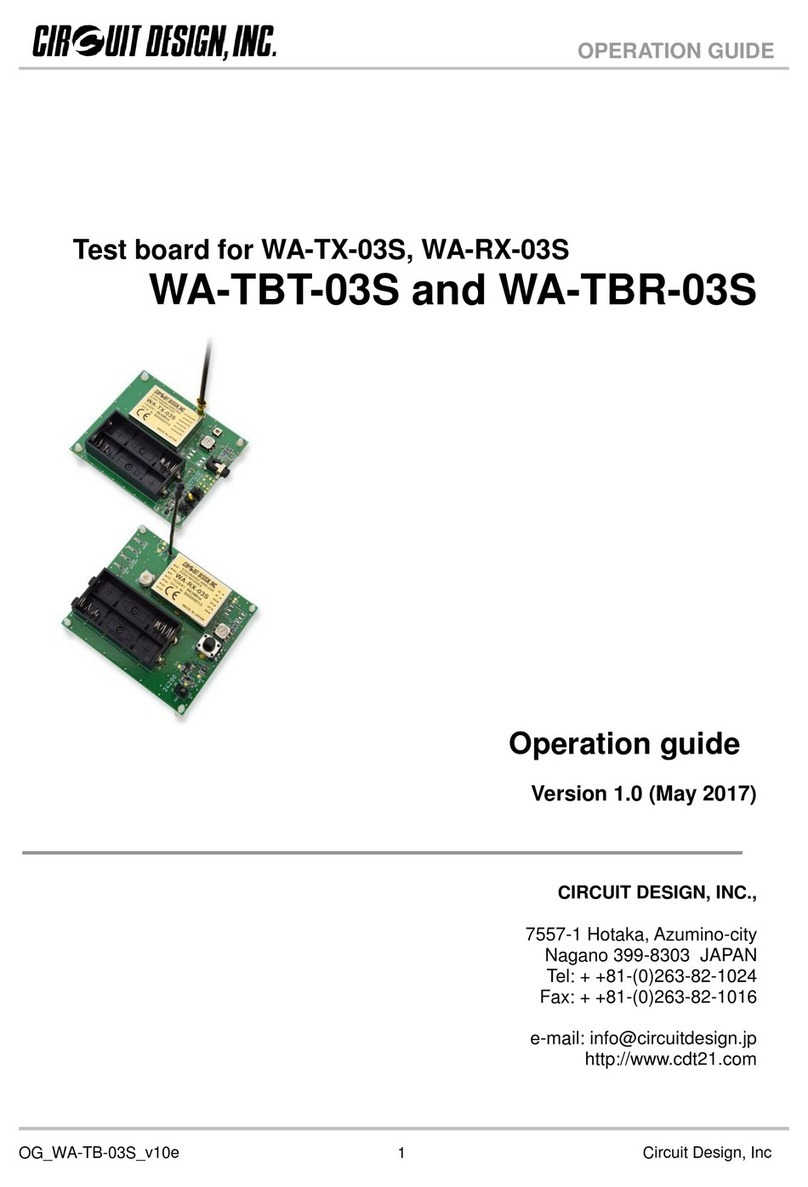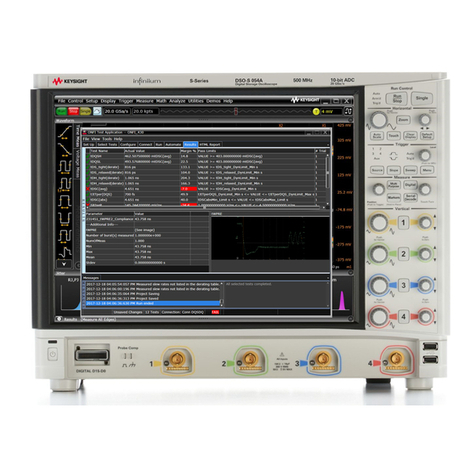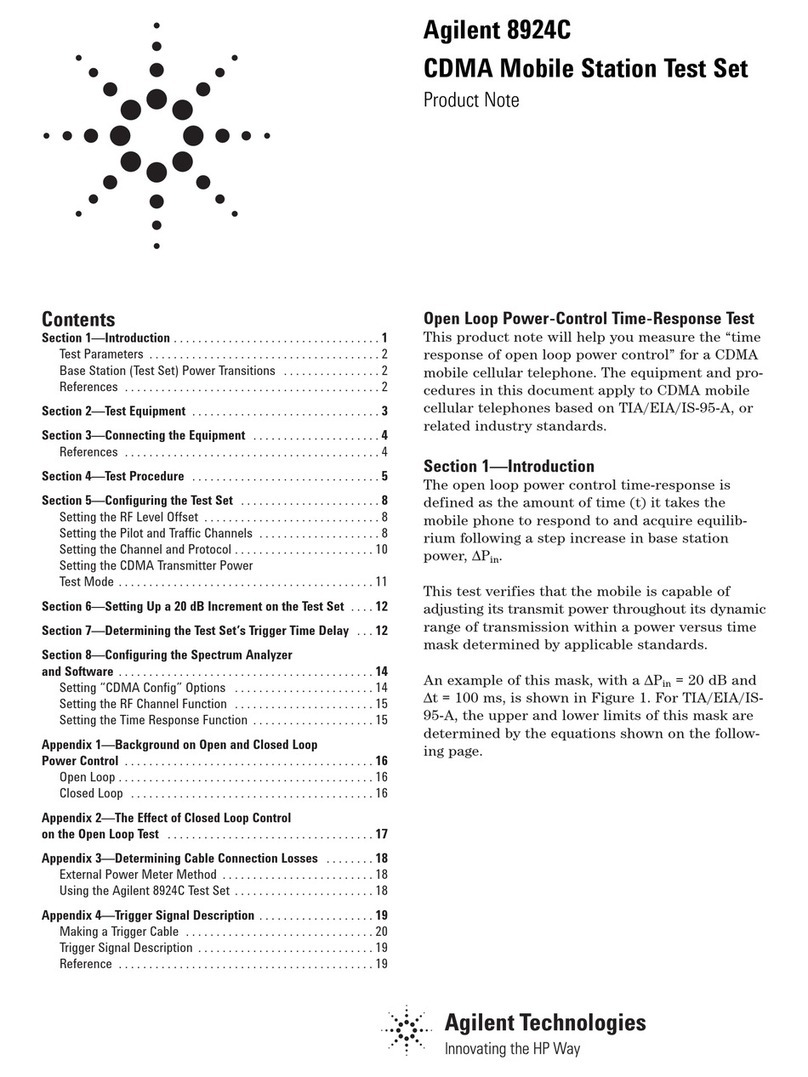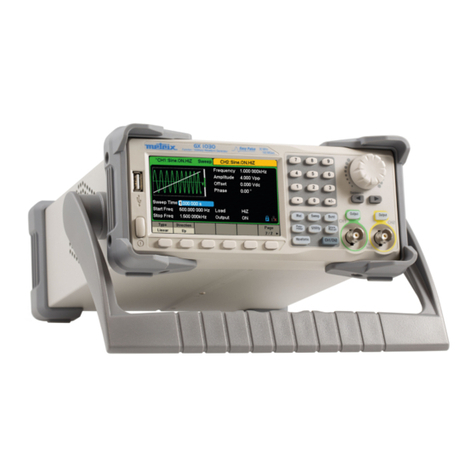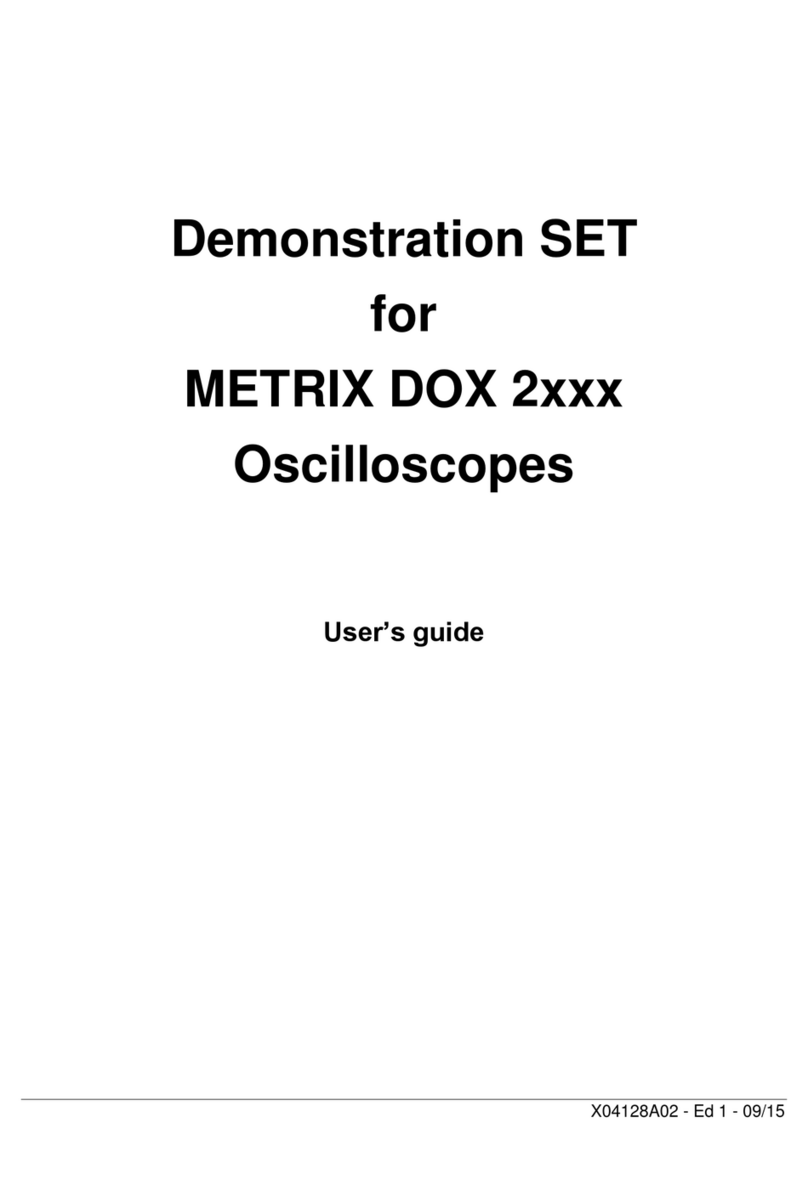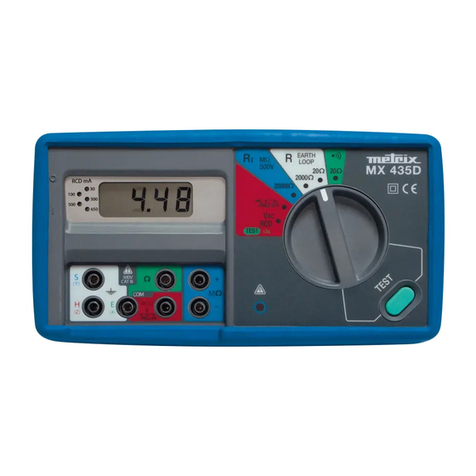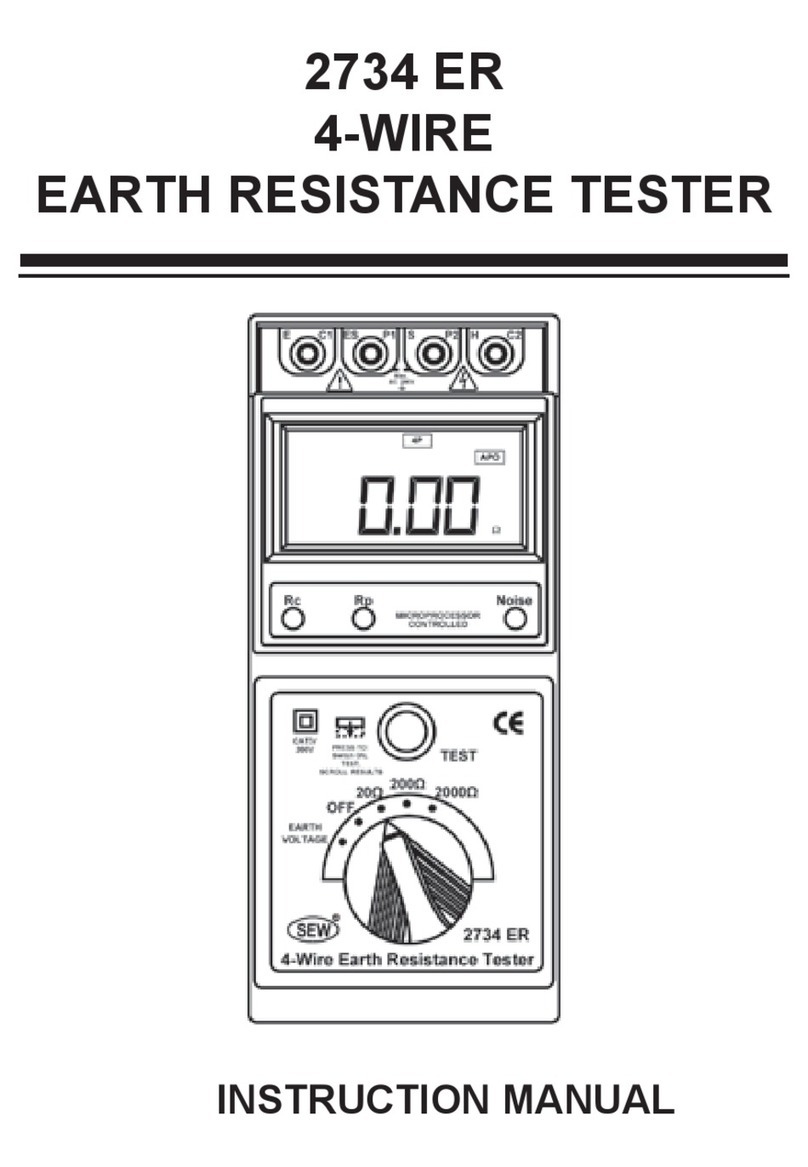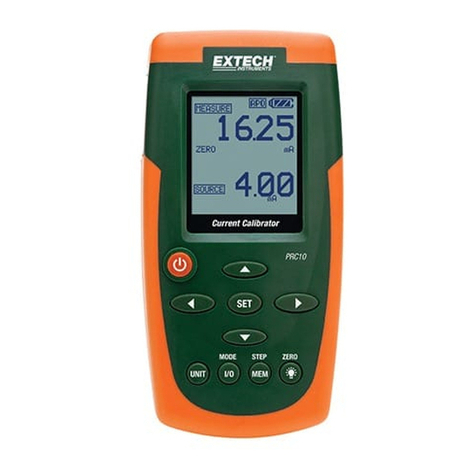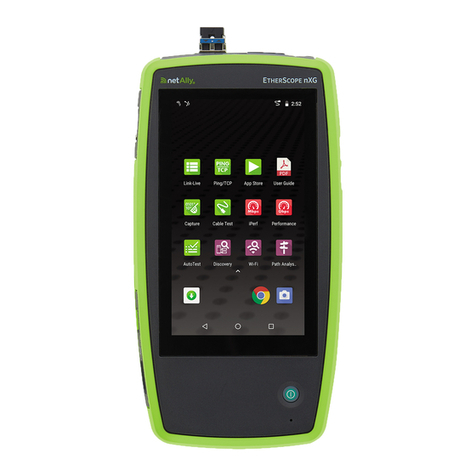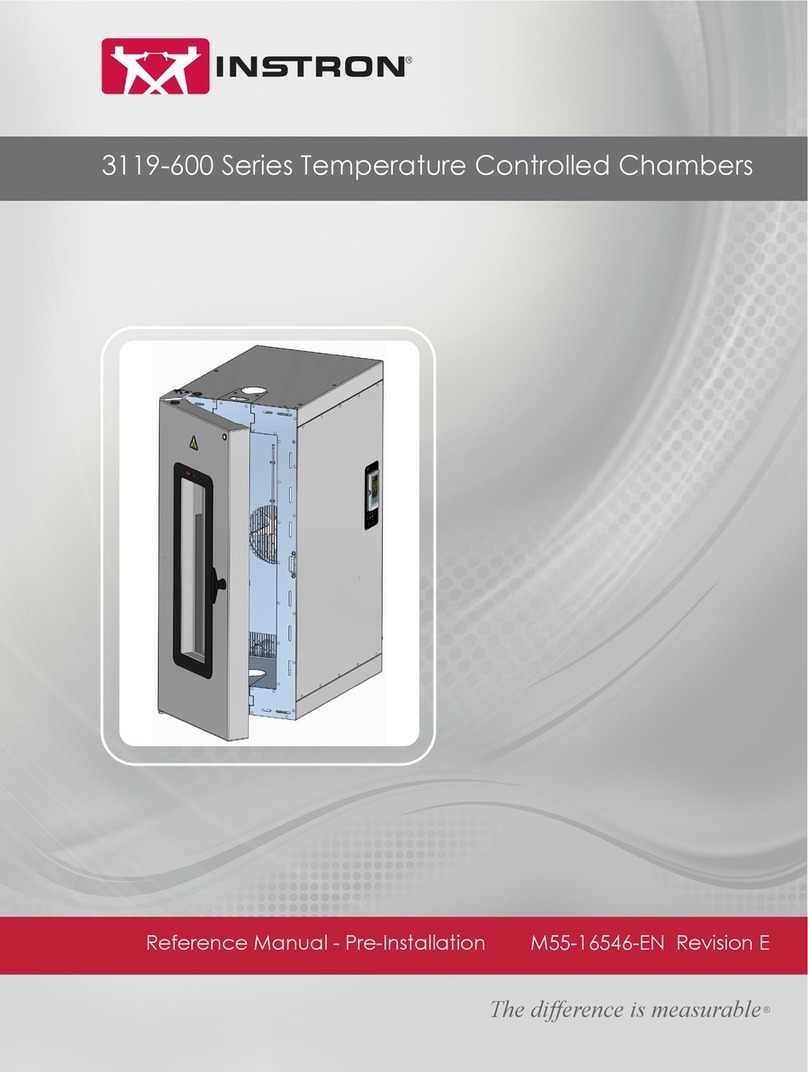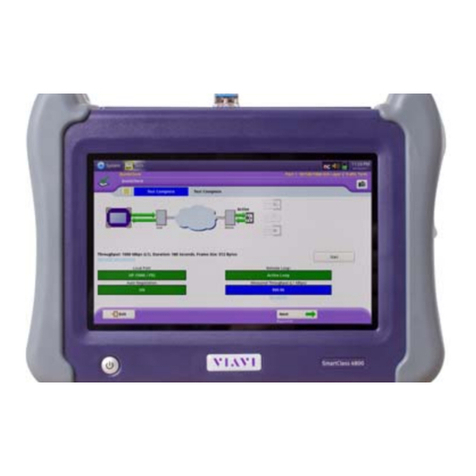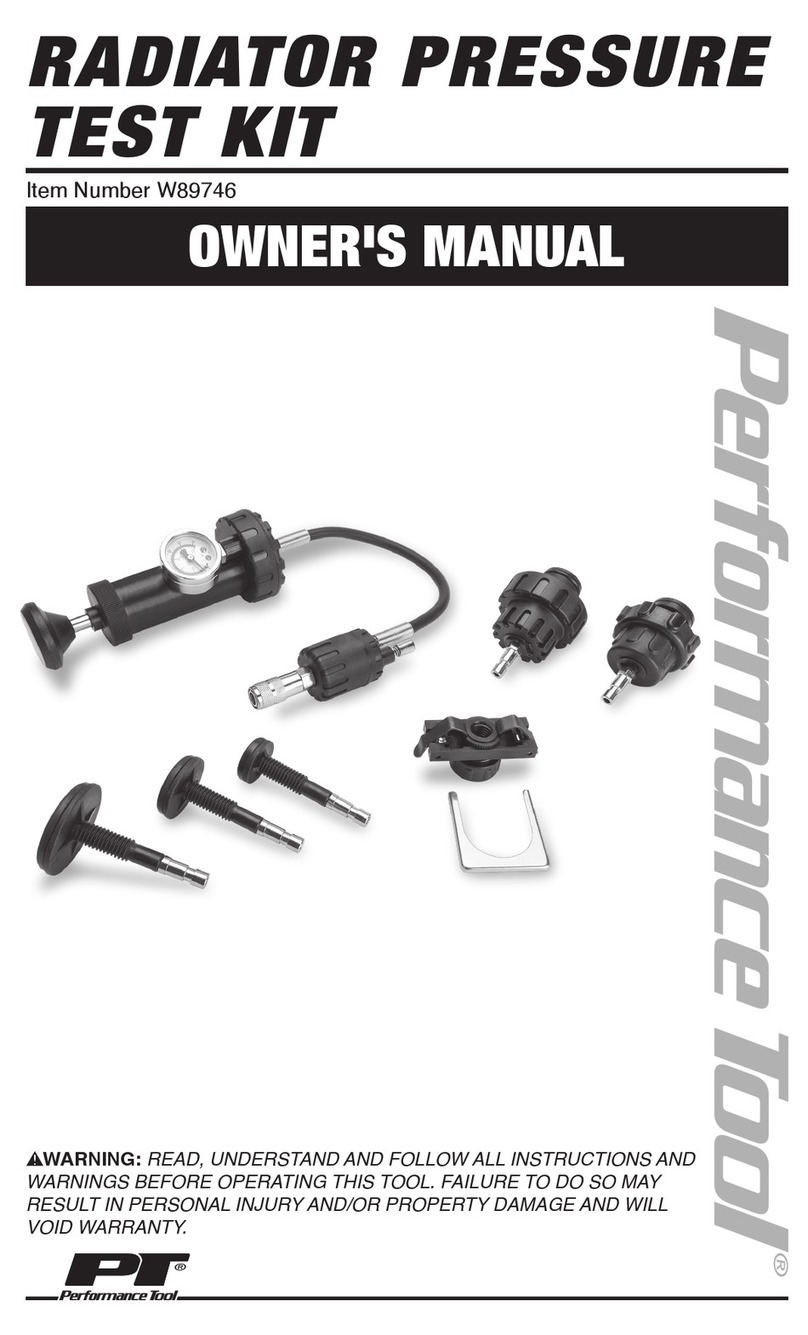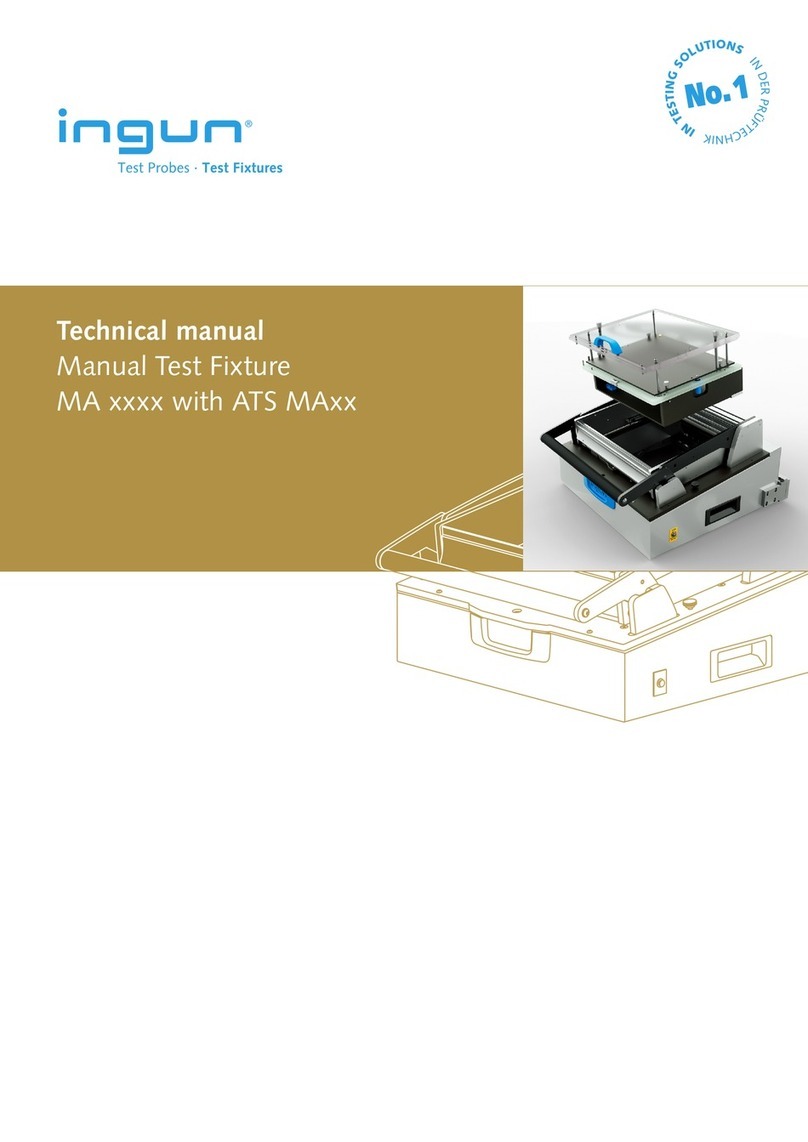
General
General (cont’d)
during use •The power supply to the instrument is fitted with an automatically
resettable electrical protection after disappearance of the fault.
•As a safety measure, only use the appropriate cables and accessories
delivered with the appliance or approved by the manufacturer.
•It is advised to use individual safety protection whenever the
environmental situations in which the appliance is used require it.
•When handling the sensors or test probes, do not place your fingers
further than the physical guard.
•The instrument must not be used other than to adjust the sensors, if the
battery housing cover is absent, damaged or incorrectly positioned.
definition of
installation
categories
Overvoltage category ll is for equipment intended to be supplied from the
building wiring. It applies both to plug-connected equipment and to
permanently connected equipment. E.g.: Measurements on the network circuits
of household appliances, portable tools and other similar appliances.
Overvoltage category lll is for equipment intended to form part of a building
wiring installation. Such equipment includes socket outlets, fuse panels, and
some mains installation control equipment. E.g. Measurements on distribution
panels (including secondary meters), circuit breakers, cabling including cables,
busbars, junction boxes, disconnecting switches, power outlets in the fixed
installation, and industrial appliances and other equipment, such as motors
permanently connected to the fixed installation
Overvoltage category lV is for equipment installed at or near the origin of
the electrical supply to a building, between the building entrance and the
main distribution board. Such equipment may include electricity tariff meters
and primary overcurrent protection devices. E.g.: Measurements on systems
installed before the main fuse or the circuit breaker of the building's installation.
Symbols used
I - 4 HandScope
Risk of electric shocks: input connection and disconnection instructions. Always
connect the sensors or adapters to the instrument before connecting them to th
measuring points. Always disconnect the sensors or cables from the
measurement points before disconnecting them from the instrument. These
instructions apply before cleaning the instrument and before opening the battery
housing cover and the sensor calibration outputs.
Warning: Risk of danger. The operator undertakes to consult the instructions
each time this danger symbol is encountered.
Double insulation
Earth
In the European Union, this product is the subject of selective waste sorting for
the recycling of electric and electronic equipment in compliance with the
Directive WEEE 2002/96/CE: this equipment must not be considered as
household waste. The spent batteries and accumulators must not be treated
as household waste. Return them to the appropriate collection point for
recycling.
This CE marking indicates compliance with the European "Low Voltage" and
"Electromagnetic compatibility" directives (73/23/EEC and 89/336/EEC).
This product or this packaging is recyclable.




















